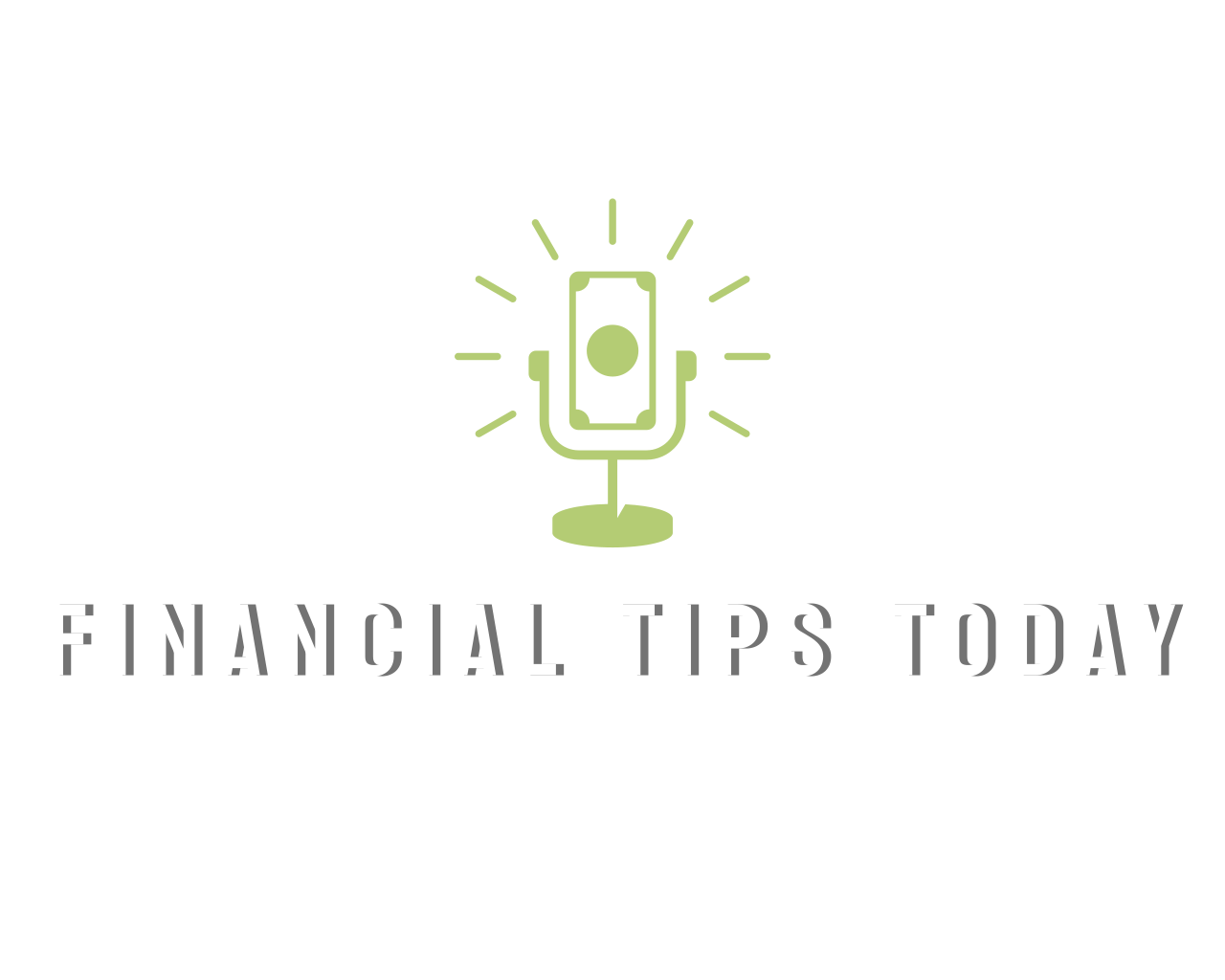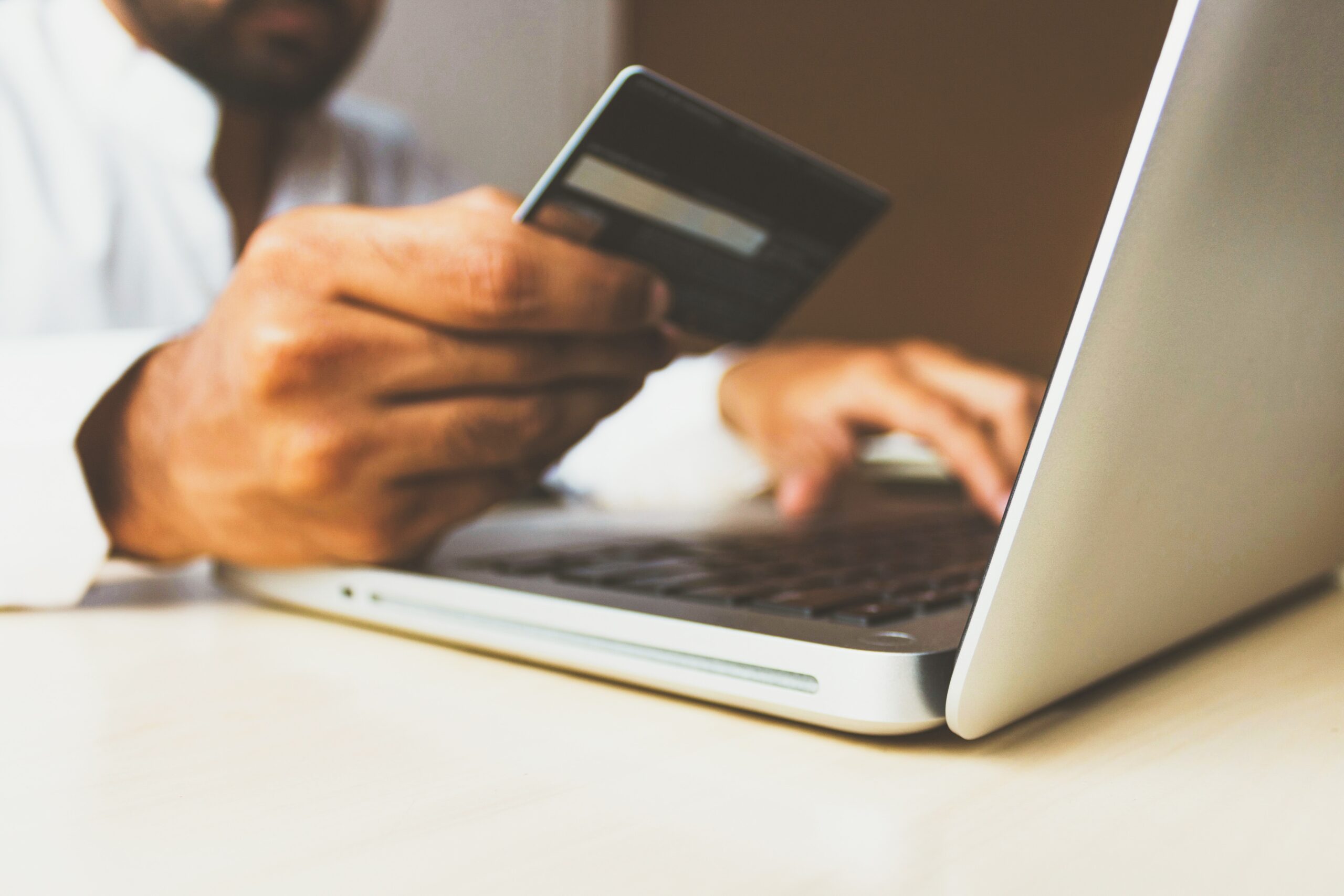Ah, the age-old conundrum: you walk into a store for one thing and walk out with ten. Or perhaps you’re scrolling through an online store, and suddenly that pop-up discount is too irresistible to bypass. We’ve all been there, making those unexpected impulse purchases. But what is it that drives us to drop our hard-earned money on items we didn’t initially intend to buy?
The Lure of Instant Gratification
Humans, by nature, are wired for immediate rewards. We’re evolutionarily programmed to seek pleasure and avoid pain. When we see something we like, our brain releases dopamine, a feel-good neurotransmitter, which makes us feel good even before we buy the item. This fleeting sensation is often enough to convince us to make a purchase, even if, in the long run, that buy doesn’t contribute to our overall happiness or needs.
The Fear of Missing Out (FOMO)
Today’s society, particularly with the influence of social media, has amplified the feeling of FOMO. When we see limited-time offers or last-chance sales, our brain perceives them as scarce opportunities that might never come again. This sense of urgency pushes us into buying something merely because we’re afraid of regretting not seizing the opportunity.
The Power of Suggestion
Retailers are adept at understanding human psychology. Those little product suggestions at checkout, or the “people who bought this also bought” section, are not randomly generated. They’re tailored based on data and designed specifically to entice you to add just one more thing to your cart.
Social Validation
As social creatures, we often look to others for cues on how to behave. When we see others purchasing or endorsing a product, especially if it’s someone we admire or trust, we’re more likely to see that product in a favorable light. Testimonials, reviews, and influencer endorsements all play a role in nudging us toward that ‘Add to Cart’ button.
How to Combat Impulse Buying
Now that we understand some of the triggers, here are a few strategies to keep those impulses in check:
- The 24-Hour Rule: Before making a purchase, wait for 24 hours. This cooling-off period can help distinguish between a genuine need and a fleeting desire.
- Set a Budget: Allocate a specific amount for non-essential or discretionary spending. Once it’s used up, hold off on further impulse purchases until the next budgeting cycle.
- Limit Exposure: Reduce the time spent browsing online stores or walking through shopping malls. If you’re not exposed to products, you’re less likely to buy them.
- Mindful Shopping: Practice being fully present during shopping. Ask yourself if you really need the item or if you’re being swayed by emotions or external factors.
In conclusion, understanding the psychology behind our shopping habits can be a powerful tool. It not only prevents unnecessary spending but also helps in making more informed, rational decisions that align with our long-term goals and values. So next time that discount pops up or that shiny product catches your eye, take a moment to reflect. Your wallet, and future self, will thank you.





 GOOGL
GOOGL  META
META
Leave a Comment